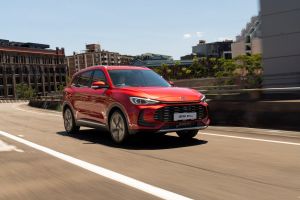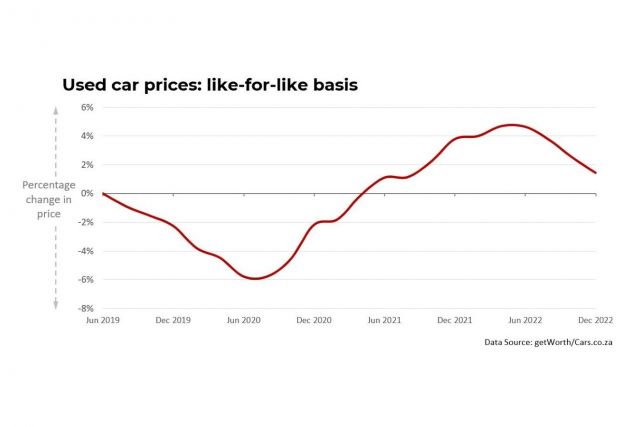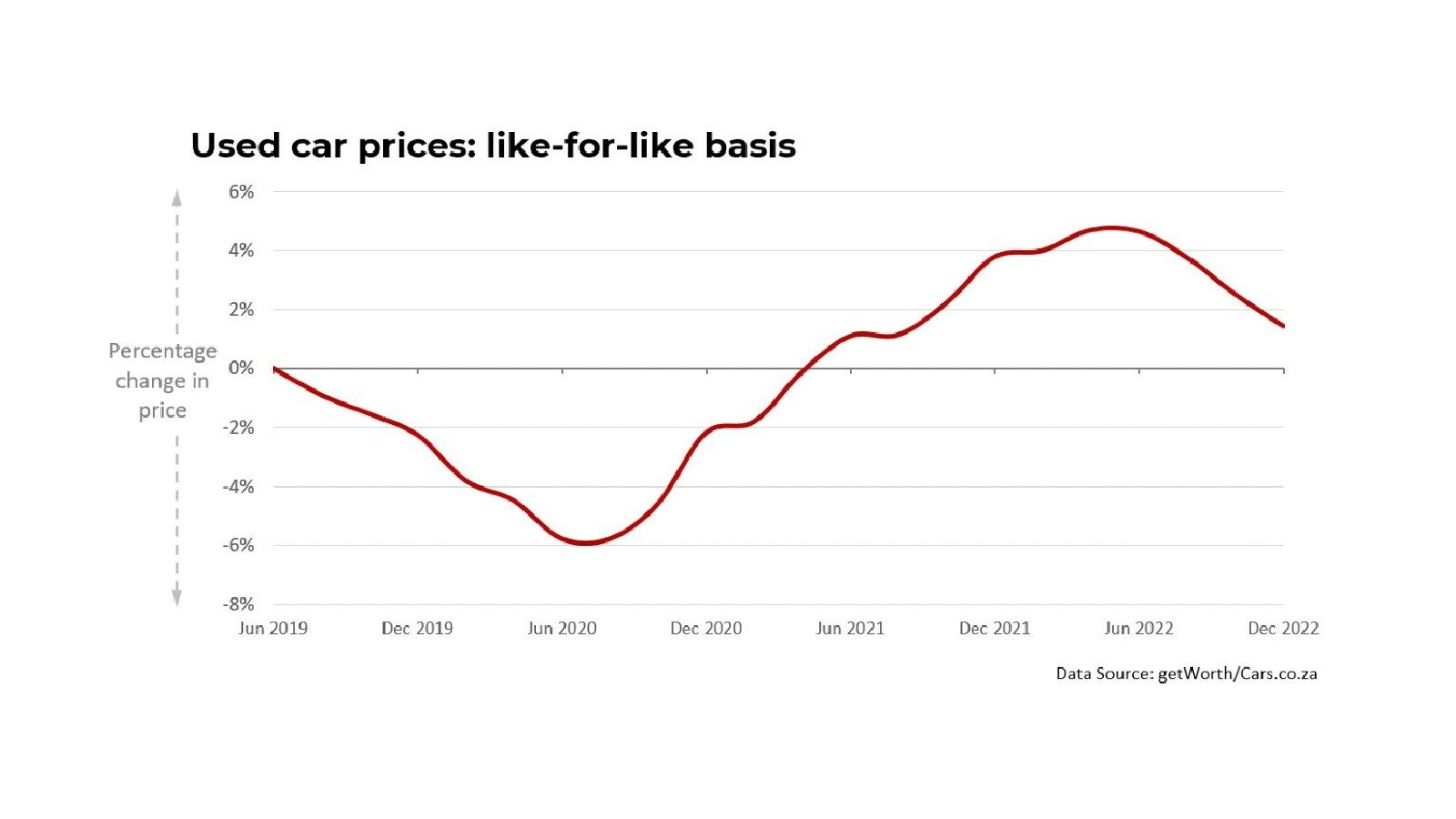
MG showing its sporty heritage with new ZS Pro
Making its official debut at this year’s Festival of Motoring, the all-new MG ZS Pro is now on sale through MG Motor’s national dealer network.
- Product News
- 20 October 2025
Towards the end of last year, dealers we spoke to told Dealerfloor that we had reached the end of the used car price madness.

The price of used cars shot up after the lockdowns of 2020 and low purchases from fleet customers who then had longer replacement cycles and the general shortage of semi-conductors and fully built-up vehicles. It remained abnormally high in the two years since, with many buyers opting for a used vehicle rather than dealing with the uncertainty and long waiting lists for new cars.
Although the semi-conductor crisis and supply chain issues are far from over, big improvements in this regard have seen more new cars available across the spectrum which, in turn, forced the used car market and prices back to a more realistic setting than a year or two ago.

To get a good reading on used vehicle prices getWorth, a car price specialist, says it is important to compare apples with apples. According to getWorth’s Chief Financial Officer, Colin Morgan, they compared the price of a 2018 2.8 Diesel Fortuner Automatic with 60 000 km, a year ago with the same car at 60 000 km today – even though the 2018 models might have added 10 000 km to 20 000 km since.
He says one can clearly see the normal falling prices pre-COVID, how they started rising after the pandemic hit and then returned to a falling trend since mid-2022.
“Only now are like-for-like price levels returning to near their pre-COVID levels. That doesn’t mean your car is worth the same today as it was when COVID hit – you would have been adding mileage, which adds another layer of depreciation.
“The return to the old price trends does have implications for consumers,” cautions Colin. “During the post-COVID period, people got used to the idea that cars retained high levels of value, or even increased in price. Someone could buy high, finance a car with a big balloon payment, and still have equity left over when they sold the car a year later.
“The unusual market also encouraged scalping and flipping. However, those days are now over, and car buyers need to be careful that they are buying at the right price and financing their vehicles in a responsible manner.
“We have more than 350 cars on our floor, so we can see these forces playing out in the real world. We have to adjust our prices continually to make sure our buying offers and our cars for sale are attractively priced. It’s turning into a buyer’s market,” he concludes.

The Mahindra Fusion Fest is back for 2026 and will be bigger than ever before, says the manufacturer

Audi South Africa is pleased to announce the appointment of Markus Schuster as its new country lead, effective September 2025.

Skills development and technical excellence are critical to the sustainability of South Africa’s automotive industry, says Ford.